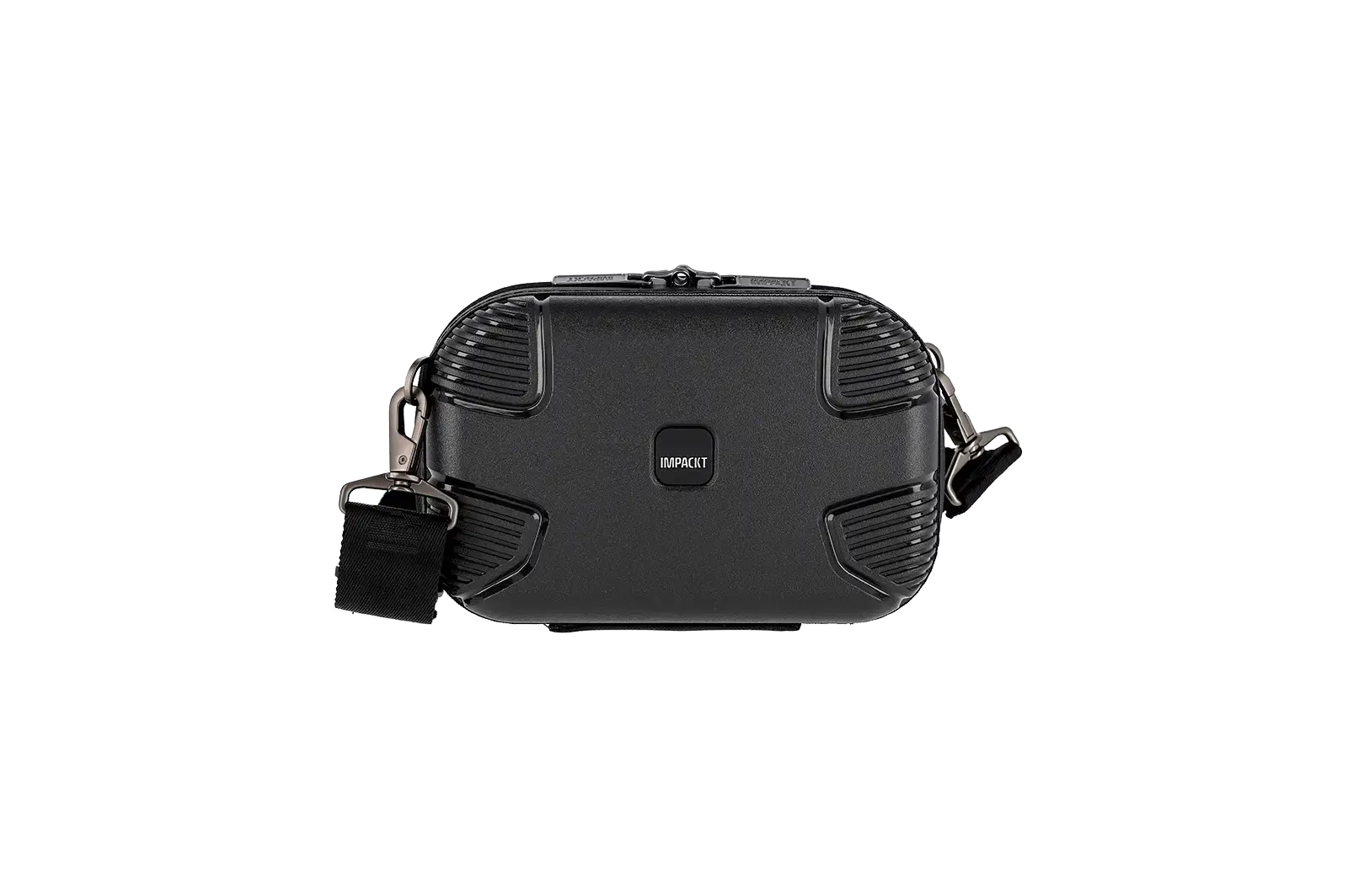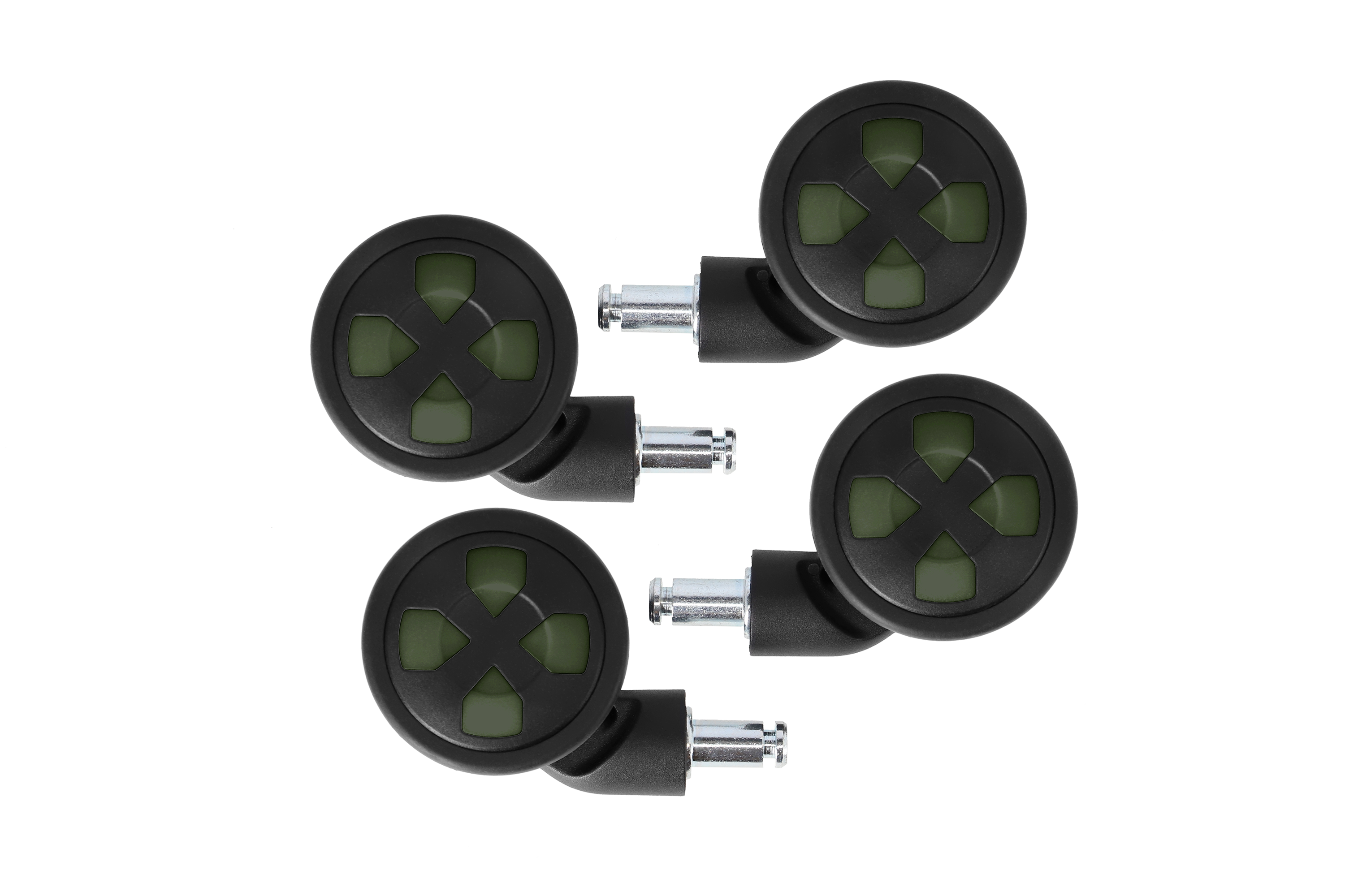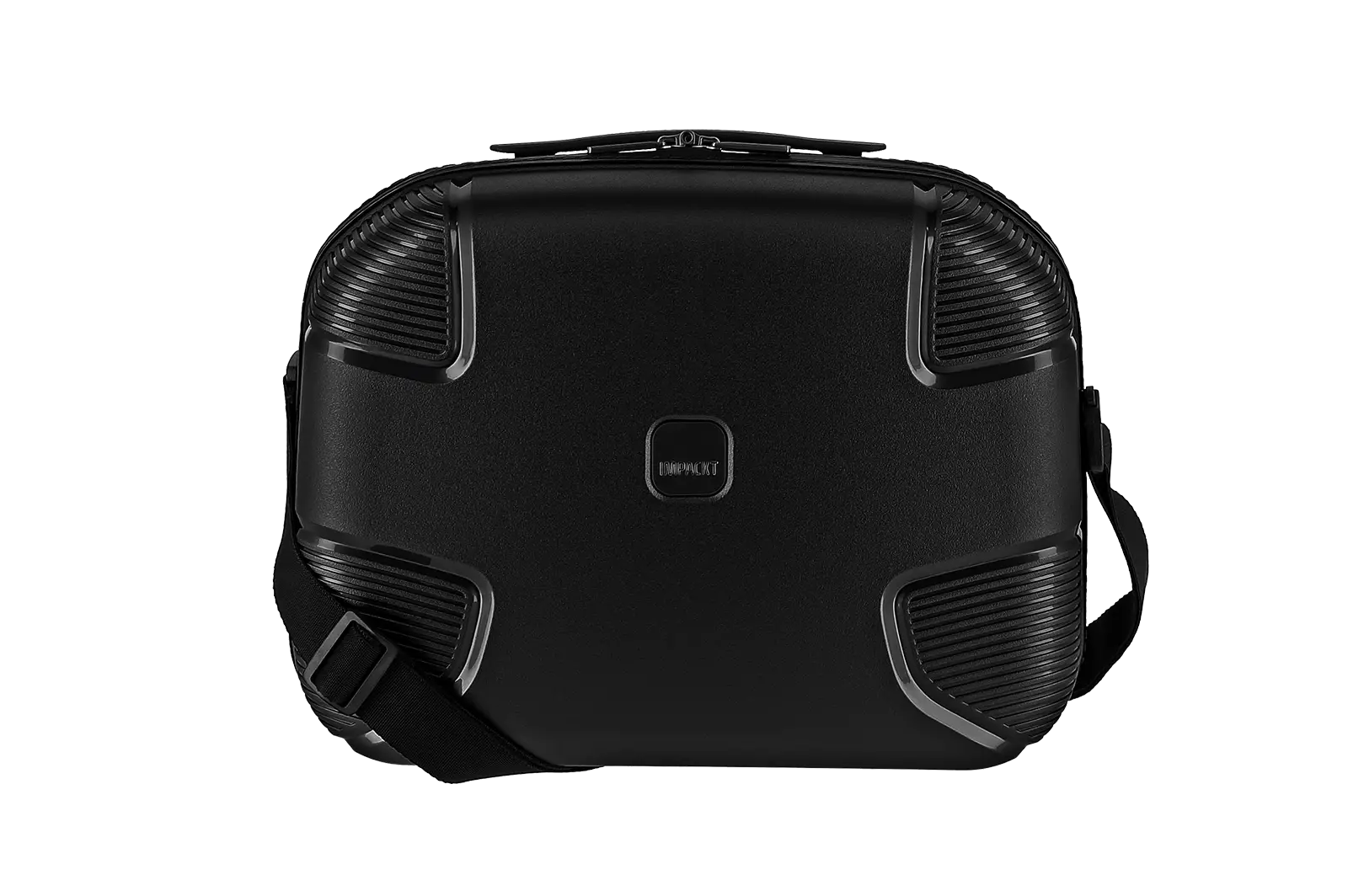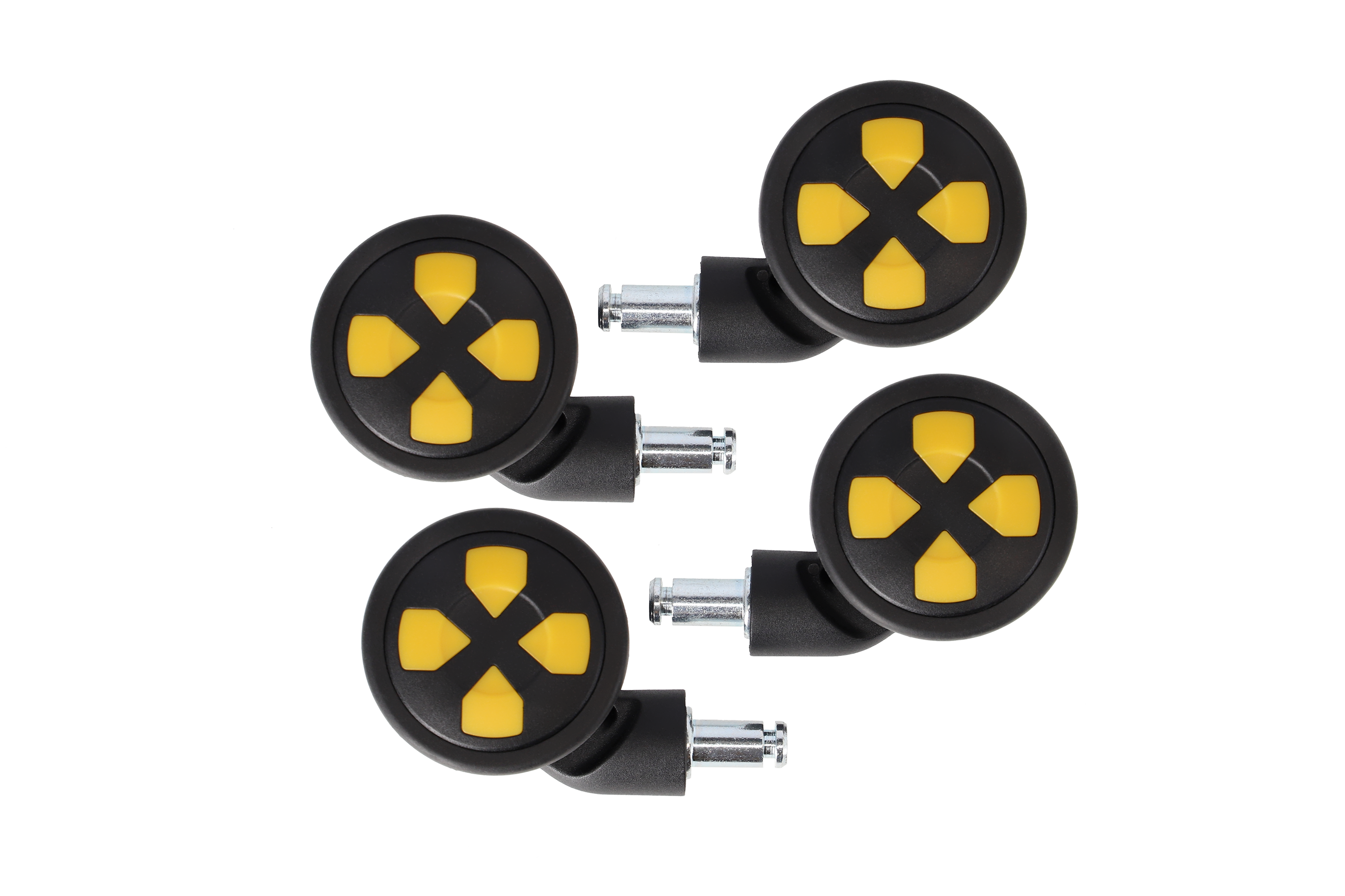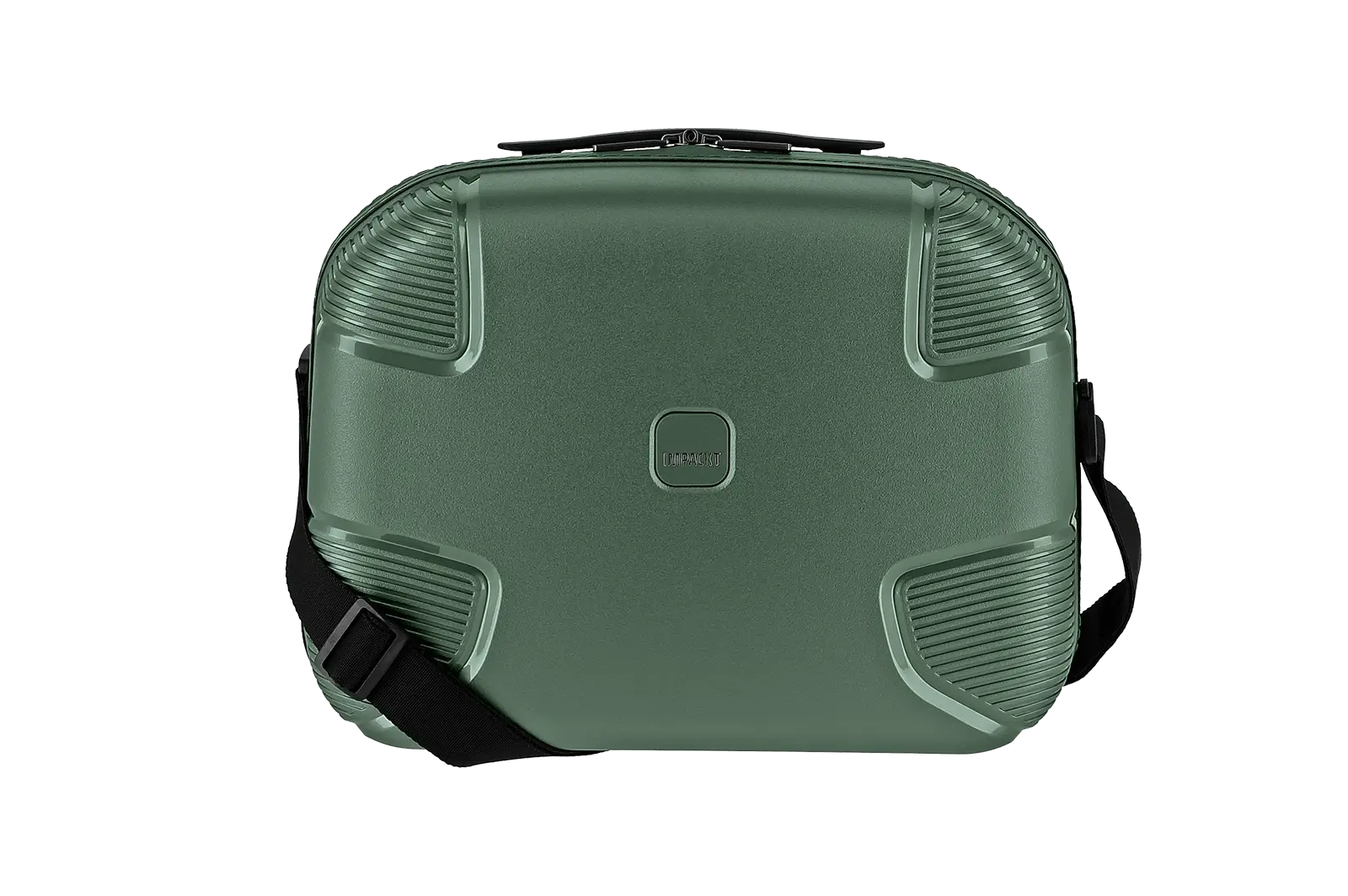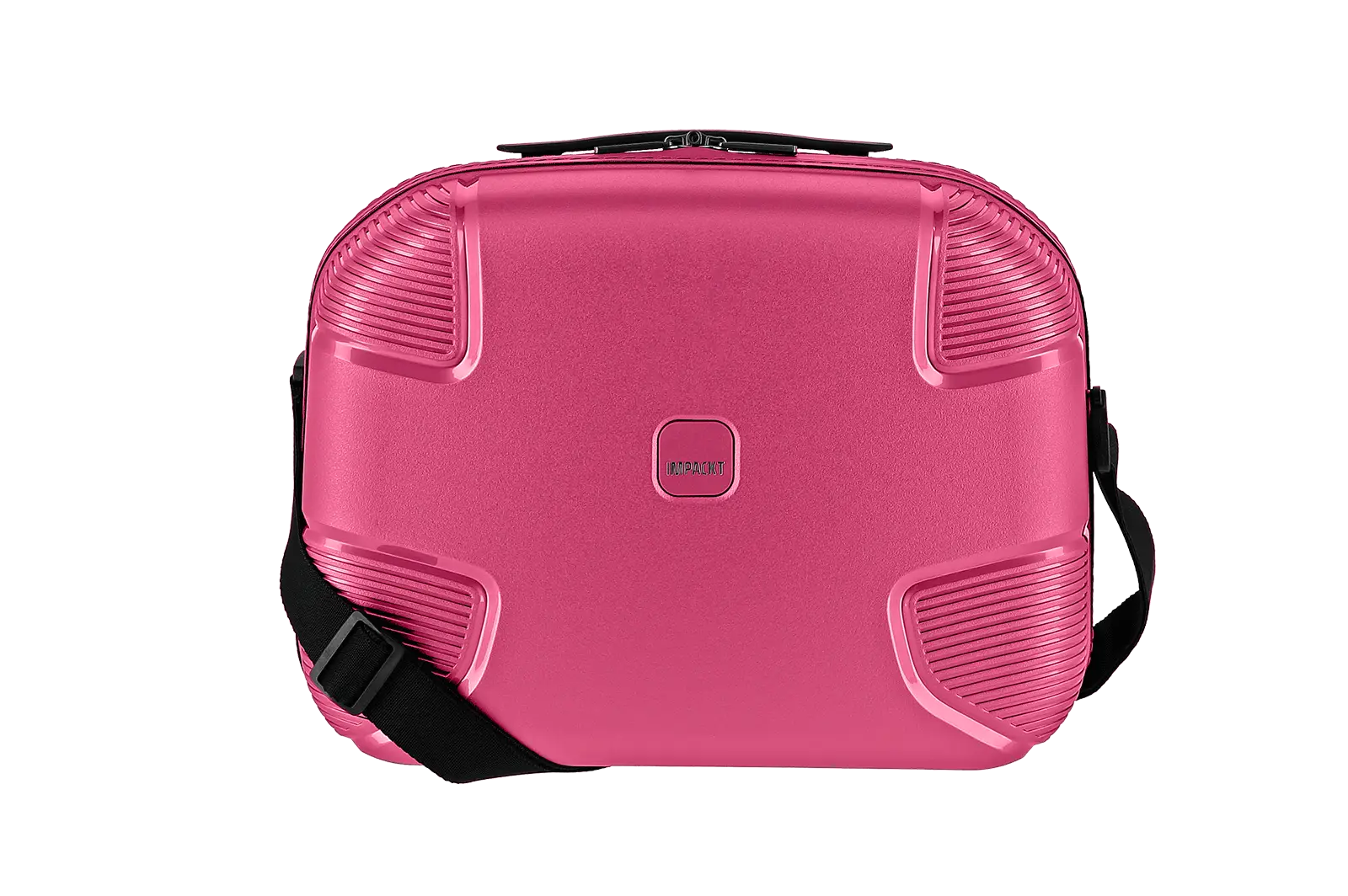If you pay attention to your electricity consumption, you can enjoy two decisive advantages: you
save money and you
protect the environment.
Because the less energy you consume, the less energy has to be produced. This reduces greenhouse gas emissions and thus your carbon footprint.
With our tips, we make saving electricity in everyday life especially easy for you. You'll see how easy it can be once you know what tricks there are and where the biggest energy guzzlers lurk. Minor spoiler: Because the best comes at the end, our last tip has the greatest savings potential!
But let's start from the beginning:
Saving electricity in everyday life: What consumes the most electricity?
To know where saving electricity in everyday life is easiest, it is advisable to know where you use the most electricity in the first place. Of course, this is quite individual in each household. A statistic about the "electricity consumption of households in Germany" from
BDEW gives good hints, however, about which areas it is worth taking a closer look at.
If you believe the statistic, "cooking, drying, ironing" take first place. They account for almost a third (30%) of electricity consumption. This is followed by "refrigerators and freezers" (23%), and "information and communication" (17%) - i.e. TV, computers and audio.

By the way, if you want to know where you stand compared to others, you can do so with the "electricity consumption comparison calculator" from the
HEA within a few minutes check.
Where can I save electricity in everyday life?
Jnow that we know what uses the most electricity, we can also think specifically about where saving electricity in the home makes sense for you. Before we get right into going through your home together and finding the best electricity saving tips for each room, we'll start with ideas that work in every room.
#1 LED bulbs: LEDs are the light bulbs with the lowest power consumption. You save about 90% on electricity with them. If you replace three halogen ceiling lamps with LED lamps, you save 55 euros a year and 95kg of CO2. (Source: Energy Change) What makes them additionally more environmentally friendly? Unlike energy-saving bulbs, LEDs do not contain mercury-containing gas. LEDs can be found in all shapes and sockets in your hardware store or on the Internet.
#2 Bye, Stand-by: Actually, the red light should already be warning enough for us that the stand-by mode of electrical appliances just does not give a green light to save electricity in everyday life. Rather, use a plug strip that you can turn off completely. This saves up to 60 euros and 100 kg of CO2 per year.
#3 Router: Speaking of "turn off" - make overnight your WLAN off. Not only will you save 12 euros and 21 kg of CO2 per year, but you'll also establish a much more restful sleep routine. Instead of surfing the Internet for a long time in the evening, you can start with a "10-hour digital detox."
#4 Light off: You leave a room? Great, then the light doesn't have to be on here anymore. Because even if you've switched to LEDs, the most economical lights are still the ones that aren't even on. The light switch to operate, is one of the simplest measures, to save electricity in everyday life.
#5 Pull out charging cable: Small but mighty! If you leave charging cables in the sockets, even if your electrical devices are fully charged, you breed small power guzzlers. Pull them out completely.
#6 Replace old appliances: You can also save electricity at home by replacing old electrical appliances with new, energy-efficient models. Since
televisions, computers, game consoles and all other communication and entertainment devices together consume the most electricity in a household, replacing them is particularly worthwhile. But you should also opt for energy efficiency class A for your
refrigerator, dishwasher and washing machine.
The exact savings potential depends, of course, on the appliances you replace - especially on their annual power consumption. This is indicated on every energy label in kilowatt hours.
If you want to calculate how much you save annually, multiply the difference (in kWh) between the old and the new appliance by the current electricity price per kilowatt hour. Let's assume your old fridge-freezer has an annual consumption of 362 kWh. The new appliance of 118 kWh. Then the difference is 244 kWh. If we now assume an electricity price of 0.40 euros per kilowatt hour (as of March 2023), this results in an annual savings potential of 97.60 euros.

#7 Replace heating pump: Four out of five heating pumps are outdated and consume unnecessary electricity. Before you replace them, you can start with a "smaller step" and set them to a low level. However, if the pump is getting on in years, find out more about replacing it. New, high-efficiency pumps save about 90% electricity, as well as 144 euros and 175 kg of CO2 annually.
Saving electricity in everyday life: When washing and drying
Let's continue with the everyday things: the laundry that is done on a regular basis. Here are tips to help you save electricity, money and CO2 without having to retrofit your appliances or buy extra equipment.
#1 Make it full: Always fill your washing machine completely instead of only filling it half full. If you wash twice a week, this saves about 25 euros and 43 kg of CO2 per year. (Source:
Energy Change)
#2 Without pre-wash at 30°: Once you have filled your washing machine, it's a matter of choosing the right program. Our tip: Wash at 30°C without pre-wash. This saves 32 euros and 39 kg of CO2 per year for two wash cycles per week - and makes your clothes just as fresh and clean. (Source:
Co2Online)
#3 Eco program: Only better than our tip #2 is the energy saving program. If your washing machine has one, use it. Although it often takes longer, it is much more economical. The water is heated less and that saves electricity - as well as (at 2x washing per week) 36 Euro and 43 kg CO2 per year.
#4 Air drying: Ironing is an energy guzzler - especially because many clothes don't even need to be ironed. Our tip:
Don't leave your freshly washed clothes in the washing machine for too long and beat them out properly before hanging them up. This will help you avoid the roughest wrinkles. Air-drying your clothes is not only free of charge, it also protects the fibers of your clothes. The savings factor for two laundry cycles a week: 96 euros and 116 kg of CO2. (Source:
Co2Online)
#5 Use residual heat: If you do have to iron a few garments, such as shirts and blouses, it's worth unplugging the last few pieces and smoothing them out with the iron still hot. Residual heat is a "hot tip" for saving electricity at home.
Saving electricity in everyday life: In the kitchen
By installing an energy-efficient refrigerator, you have already taken your first step towards saving electricity in everyday life. Now come little tricks that can help you reduce your energy consumption even more:
#1 Closing the refrigerator: It's so simple, and yet we also forget it time and again. If you close the refrigerator door quickly instead of leaving it open for a long time while cooking or putting things away, you'll save about 10 euros and 12 kg of CO2 annually, according to
Co2Online.
Energiewechsel has nine more "cool" tips on how you can save energy with your refrigerator.
#2 Fill the kettle correctly: You just want to make yourself some tea? Then fill your kettle with the appropriate amount of water. Sometimes we tend to fill it with way too much and forget that in this case much more needs to be heated than is actually necessary. Savings factor: 16 euros and 19 kg of CO2 per year.
#3 Bake without preheating: Even though many recipes still say "preheat" as the first step, casseroles, pizzas and cakes can go into the oven even if it's just turned on. Just stick to the cooking time and keep checking to see how long your dish is likely to take. If it's "just about done," you can turn off the oven and
use the residual heat to cook it all the way through. By the way, the
BMWK recommends using convection instead of top/bottom heat. What simple rule of thumb can you remember for converting? Simply subtract 20 degrees from the top/bottom heat specification. If a recipe calls for 200 degrees top/bottom heat, you can simply work with 180 degrees convection. This saves - if you bake once a week - 44 euros and 63 kg CO2 per year.
#4 Cooking with a lid: Sometimes the simplest tricks have the biggest effect. If you put the lid on the pot when cooking, you reduce energy consumption by half. In a year, you can save 27 euros and 30 kg of CO2. Also important: The size of the pot should ideally match the hob to make saving electricity at home even more efficient.

#5 Defrosting: Even though it's no fun, regular defrosting of the freezer is really important. Even a layer of ice of only one centimeter doubles the power consumption. A guide to
defrosting the refrigerator is easy to follow, and will save you 10 euros and 12 kg of CO2 per year.
Saving electricity in everyday life: In the living room
We move on to the living room and take care of one device in particular here: the TV.
#1 TV size: Saving electricity in everyday life always has something to do with awareness and questioning. With your TV, for example, you can ask yourself: Do I really need this screen diagonal? The smaller a device is, the less electricity it consumes. Sure, a home theater is nice. But is it worth the high electricity bill?
#2 TV off: As with all electrical appliances, stand-by is not the same as "off". Therefore, have your TV directly connected to the power strip, which you switch off completely in the evening. Savings: 18 euros per year.
#3 Reduce brightness: The fun of watching movies and series should please remain. A small power-saving tip: Dim the brightness of the screen. This directly saves some power.
Saving electricity in everyday life: In the bathroom
Last but not least - and already announced in our introduction - here comes the tip with probably the greatest savings potential.
#The top tip for saving electricity in everyday life: If you use a water-saving shower head, you save around 40% water when showering - and when taking a hot shower, you also save electricity and between 150 and 350 kg of CO2. Once bought for about 25 euros,
a 2-person household saves up to 200 euros a year! This is very well illustrated in the
YouTube video from Öko-Institut e.V..
Saving electricity in everyday life - the conclusion
Saving electricity is not only good for your wallet, but also for the environment. It can be so easy to apply the tips and change only small things in everyday life.
However, it's also clear that it takes routines and time to get used to all the tricks. So start with just two tips for now. Which ones particularly appealed to you when you read them? Where did you recognize yourself directly?













